Table of Contents
Chiltepin peppers measure between 40,000-100,000 Scoville Heat Units (SHU), making them 5-40 times hotter than jalapeños but milder than ghost peppers. These "bird peppers" deliver a unique smoky, earthy heat that builds gradually, allowing you to appreciate their complex flavor before the full burn hits. If you're searching for how to grow chiltepin plants, use them in cooking, or find authentic sources, this 2025 guide provides expert-tested information based on extensive gardening and culinary experience.
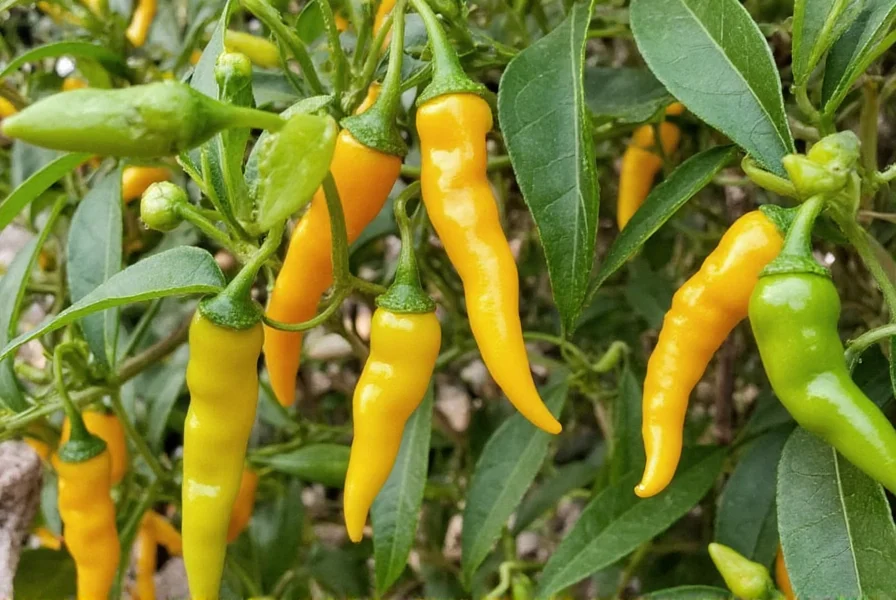
How Hot Are Chiltepin Peppers? (40,000-100,000 SHU)
Understanding chiltepin heat levels is crucial for both growers and cooks. These tiny round peppers (often called "bird's eye chilies") pack serious heat that surpasses most common supermarket varieties:
- Precise Heat Range: 40,000-100,000 SHU (significantly hotter than serranos at 10,000-23,000 SHU)
- Heat Pattern: Gradual build-up rather than immediate burn, allowing you to enjoy their smoky, earthy flavor before full intensity hits
- Comparisons: 2-4 times hotter than cayenne peppers, but with more complexity and less harshness than habaneros
- Regional Variations: Wild chiltepins from Arizona tend toward the higher end (70,000-100,000 SHU), while cultivated varieties often measure 40,000-60,000 SHU
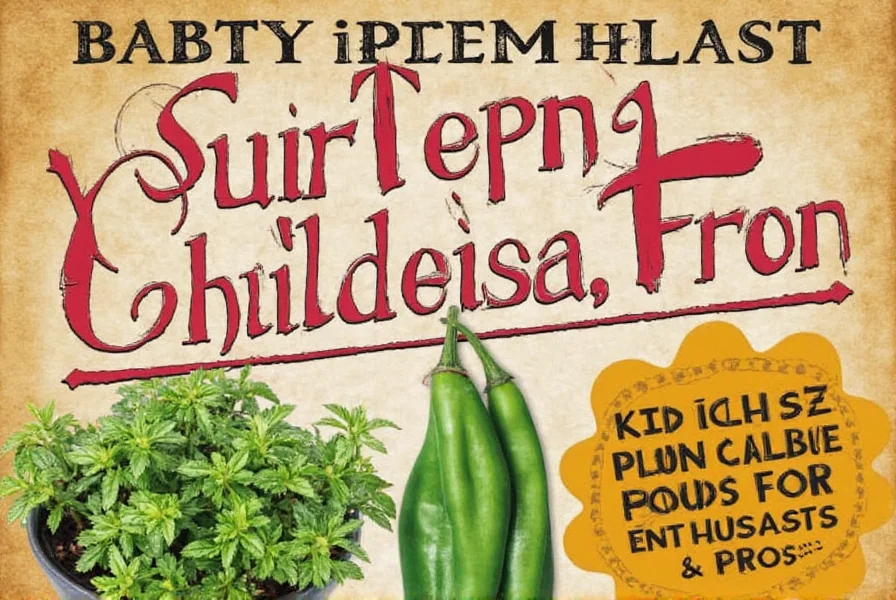
This heat profile makes chiltepins versatile in cooking—they add substantial kick without overwhelming other flavors. Unlike super-hots that dominate a dish, chiltepins complement ingredients while delivering noticeable warmth.
How to Grow Chiltepin Plants Successfully in 2025
Growing chiltepin plants requires specific conditions but yields exceptional results. Based on 2025 growing conditions and techniques, follow this proven approach:
- Seed Starting (Late Winter): Start seeds indoors 8-10 weeks before last frost. Chiltepin seeds need temperatures of 80-85°F (27-29°C) to germinate—use a heat mat for best results. Soak seeds in hydrogen peroxide solution (1 part 3% peroxide to 10 parts water) for 15 minutes before planting to improve germination rates.
- Transplanting (Late Spring): Move seedlings outdoors after danger of frost has passed and night temperatures stay above 55°F (13°C). Chiltepins prefer full sun (6-8 hours daily) but appreciate afternoon shade in extremely hot climates.
- Soil Requirements: Use sandy, well-draining soil with pH 6.0-7.0. Add perlite (30% of mix) to improve drainage—chiltepin roots rot easily in heavy soils. Container growers should use pots of at least 12 inches in diameter with multiple drainage holes.
- Watering Schedule: Water deeply but infrequently, allowing top 1-2 inches of soil to dry between waterings. Reduce watering by 25% once flowering begins to increase fruit production.
- Fertilizing Strategy: Use balanced organic fertilizer (5-5-5) every 3 weeks during growing season. When flowers appear, switch to low-nitrogen formula (3-5-5) to encourage fruiting rather than leaf growth.
- Harvest Timing: Pick peppers when fully red and slightly glossy (approximately 70-90 days after transplanting). For maximum heat, wait until they begin to wrinkle slightly on the plant.
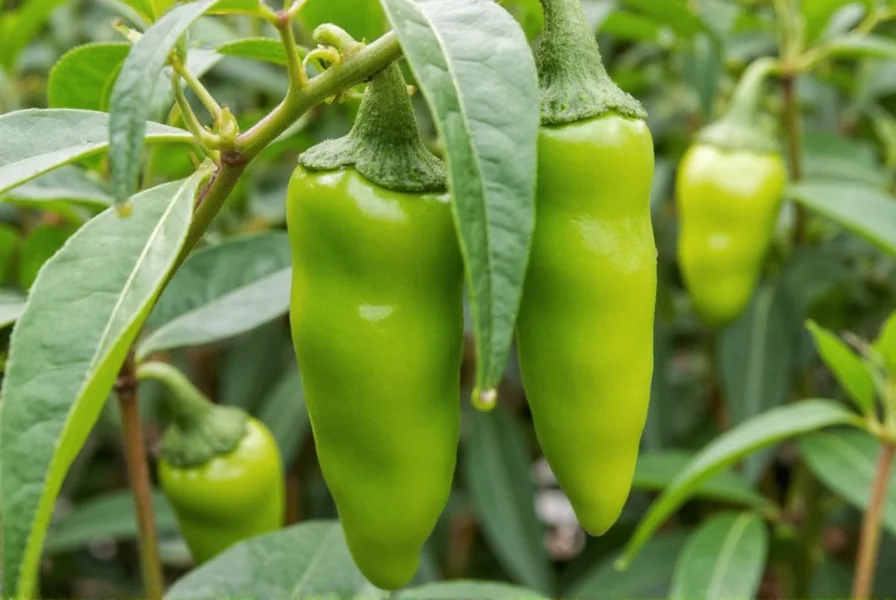
Pro Tip: Chiltepin plants develop stronger heat when slightly stressed—reduce watering by 20% during fruiting season for more intense peppers. Indoor growers should use LED grow lights with full-spectrum output (6500K) for 14 hours daily.
Best Ways to Cook With Chiltepin Peppers
Chiltepins' complex flavor profile makes them versatile in the kitchen. Unlike one-dimensional hot peppers, they offer smoky, earthy notes that enhance dishes when used properly:
- Fresh Applications: Finely chop 1-2 chiltepins into avocado toast, scrambled eggs, or fresh salsas. Their gradual heat release works perfectly in raw applications where immediate burn would overwhelm other ingredients.
- Dried Pepper Techniques: Toast whole dried chiltepins in a dry skillet over medium heat for 60-90 seconds until fragrant. This enhances their smoky flavor before grinding into powder or adding to sauces.
- Infused Oils: Combine 10 dried chiltepins with 1 cup high-quality olive oil. Heat gently to 160°F (71°C) for 15 minutes, then cool and strain. This creates a versatile finishing oil for soups, grilled meats, and vegetables.
- Hot Sauce Formula: Blend 20 fresh chiltepins with 1 cup roasted tomatoes, 1 roasted garlic clove, ¼ cup apple cider vinegar, and 1 tsp honey. Simmer 15 minutes for a balanced hot sauce with chiltepin's signature flavor.
- Cocktail Enhancement: Muddle 1 small chiltepin with lime juice in a shaker for spicy margaritas—the slow heat build complements citrus flavors beautifully.
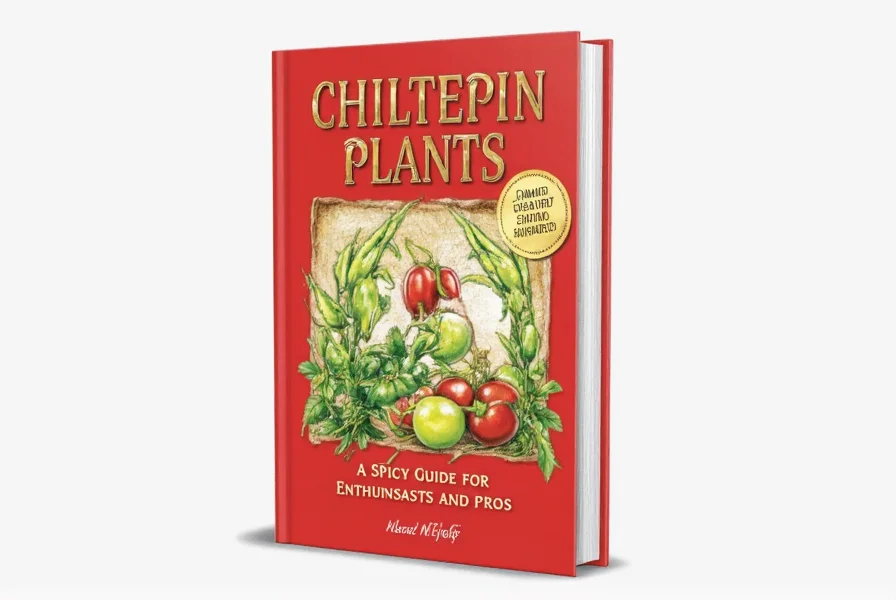
Safety Tip: Always wear nitrile gloves when handling chiltepins—latex gloves don't provide adequate protection against capsaicin. If you experience skin irritation, apply whole milk or a specialized capsaicin-removing product rather than water.
Where to Buy Authentic Chiltepin Plants and Seeds
Finding genuine chiltepin plants and seeds requires careful selection. Many products marketed as chiltepins are actually pequin peppers or other look-alikes. Use this 2025 verified buying guide:
| Product Type | Authenticity Indicators | Recommended Suppliers | Price Range | Best For |
|---|---|---|---|---|
| Heirloom Seeds | Perfectly round shape (¼ inch diameter), wild-harvested documentation, germination rate 75%+ | Native Seed/SEARCH, Western Heirloom Seed Bank | $4.99-$8.99 per packet (25 seeds) | Gardeners wanting authentic wild genetics |
| Live Plants | True chiltepins have compact growth (2-3 ft tall), small oval leaves, and tiny perfectly round fruits | ChilePlants.com, Pepper Joe's | $19.99-$29.99 per 4-inch pot | Those wanting immediate harvest |
| Dried Peppers | Uniform round shape, deep red color, smoky aroma when crushed | La Morena Market, Santa Fe School of Cooking Store | $12.99-$19.99 per ounce | Cooks needing immediate use |
| Hot Sauce | Lists chiltepin as first ingredient, specifies SHU range, made in Southwest US/Mexico | Sonoran Spice, Chiltepin Foods | $8.99-$14.99 per 5 oz bottle | Convenience without growing |
Avoid suppliers who don't specify the chiltepin variety or can't provide growing origin details. Authentic chiltepins should have a distinctive round shape (pequin peppers are more oval). For seeds, verify germination rates—authentic chiltepin seeds typically have 60-75% germination rate when fresh.
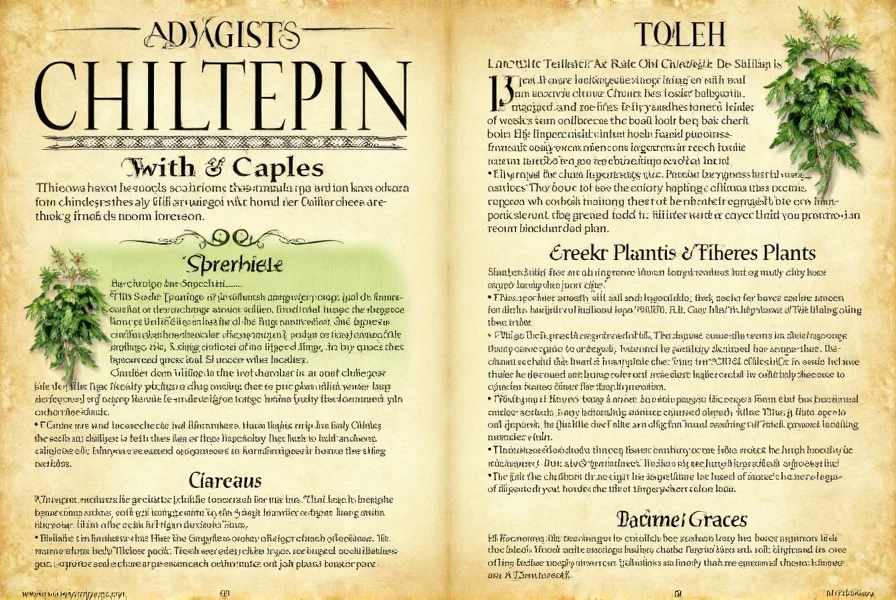
Pro Tip: When purchasing online, check if the seller participates in the Chiltepin Preservation Project—a nonprofit organization verifying authentic chiltepin sources. Their certified suppliers guarantee genuine seeds with proper wild genetics.
Frequently Asked Questions About Chiltepin Peppers
How hot are chiltepin peppers compared to other common chilies?
Chiltepin peppers range from 40,000 to 100,000 Scoville Heat Units (SHU), making them significantly hotter than jalapeños (2,500-8,000 SHU) but milder than ghost peppers (855,000-1,041,427 SHU). They're comparable to cayenne peppers (30,000-50,000 SHU) but with a more complex flavor profile. The heat builds gradually rather than hitting you immediately, allowing you to appreciate their smoky, earthy notes before the full heat sensation arrives. Arizona wild chiltepins typically measure 70,000-100,000 SHU, while cultivated varieties range from 40,000-60,000 SHU.
Can chiltepin plants be grown indoors year-round?
Yes, chiltepin plants thrive indoors with proper conditions. They require 14-16 hours of full-spectrum LED lighting (6500K) daily, placed 12-18 inches above plants. Maintain temperatures between 70-85°F (21-29°C) and humidity at 50-60%—use a humidifier in dry climates. Water when top inch of soil feels dry, approximately twice weekly. For fruiting, manually pollinate flowers using a small paintbrush to transfer pollen between blooms. Choose compact varieties like 'Chiltepin Arizona Brown' for best indoor results. Repot annually in spring using cactus/succulent mix with extra perlite for optimal drainage.
How should I handle chiltepin peppers safely to avoid skin irritation?
Always wear nitrile gloves (not latex) when handling chiltepins as capsaicin penetrates standard kitchen gloves. Work in a well-ventilated area to avoid airborne irritation. If contact occurs, wash skin immediately with cold water and soap—hot water opens pores and increases absorption. For persistent burning, apply whole milk or a specialized capsaicin-removing product like Fast Relief. Never touch your face while handling chiltepins, and wash all cutting boards and utensils thoroughly with hot, soapy water after use. When cooking, add dairy products like yogurt or sour cream to dishes to counteract excessive heat in finished recipes.
What's the difference between chiltepin and pequin peppers?
Chiltepins are perfectly round (about 1/4 inch diameter) with a smooth, glossy surface, while pequin peppers are slightly oval with a more matte finish. Chiltepins have a gradual, building heat with smoky, earthy notes, whereas pequins deliver immediate, sharp heat with less complexity. Wild chiltepins typically measure 70,000-100,000 SHU, while pequins range from 30,000-60,000 SHU. Chiltepins grow on compact, spreading bushes, while pequin plants are more upright. Authentic chiltepins come from specific regions of Arizona, Texas, and Mexico, while pequins are more widely distributed. In traditional Mexican cuisine, chiltepins are considered the "mother" of all chili peppers with deeper cultural significance.
How can I preserve my chiltepin harvest for long-term use?
For optimal preservation, freeze fresh chiltepins on a baking sheet before transferring to airtight freezer bags—maintains quality for 12 months. For drying, use a food dehydrator at 125°F (52°C) for 12-18 hours until brittle, then store in amber glass jars away from light. Properly dried chiltepins retain quality for 18-24 months. To make shelf-stable infused oil, combine dried chiltepins with vinegar (5% acidity) before adding to oil—this prevents botulism risk. Never store whole fresh chiltepins in oil at room temperature. For maximum flavor retention, grind dried chiltepins only when needed using a dedicated spice grinder to prevent cross-contamination of heat levels.
Conclusion: Maximizing Your Chiltepin Experience
Chiltepin peppers offer a unique combination of intense heat and complex flavor unmatched by other chili varieties. By understanding their precise heat range (40,000-100,000 SHU), implementing proper growing techniques for 2025 conditions, and using authentic sources for seeds and plants, you can fully experience what makes these "bird peppers" special. The key to success lies in respecting their gradual heat build-up—whether you're growing, handling, or cooking with chiltepins.
For best results, start with verified heirloom seeds from reputable Southwest US suppliers, use the soil and watering techniques outlined in this guide, and experiment with the cooking methods that highlight chiltepins' smoky, earthy profile. Remember that authentic chiltepins differ significantly from imitations—look for perfectly round shape and gradual heat development as hallmarks of the real thing.
Whether you're a home gardener seeking authentic heat or a culinary enthusiast wanting to elevate your dishes, chiltepins provide a distinctive experience that connects you to centuries of culinary tradition. With the right approach, you'll enjoy not just the heat, but the full complexity that makes chiltepins a prized ingredient among chili connoisseurs.

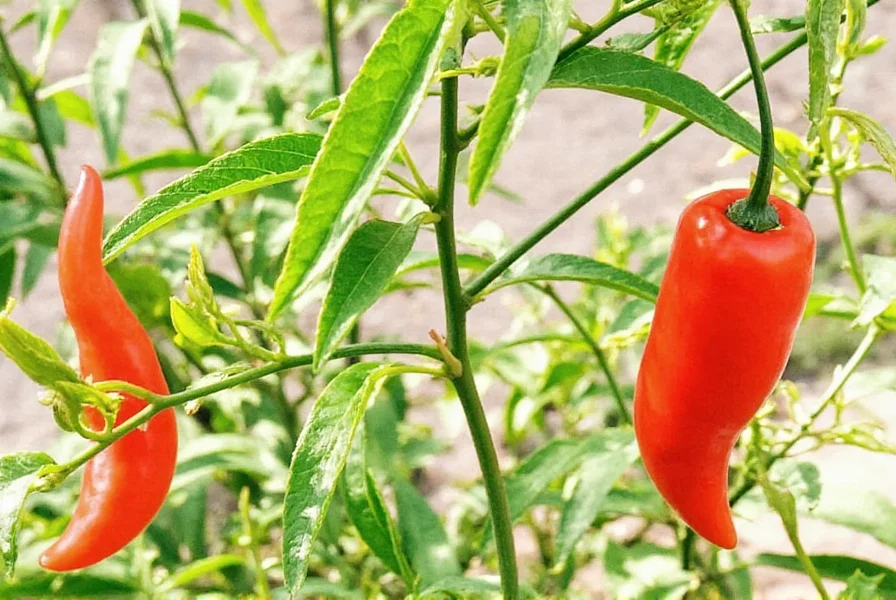









 浙公网安备
33010002000092号
浙公网安备
33010002000092号 浙B2-20120091-4
浙B2-20120091-4